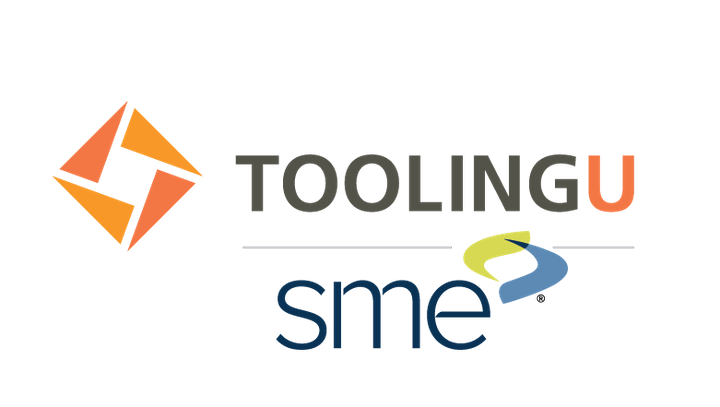Hole inspection ensures that a hole will meet its proper job specifications, including fit, diameter, roundness, and condition. Gaging instruments, like pin and plug gages, determine fit. Variable instruments determine size and must make three points of contact to find out-of-round conditions. Variable instruments may be mechanical, electronic, optical, or pneumatic. More complex handheld devices include telescoping gages, split-ball gages, calipers, inside micrometers, and bore gages. Job specifications, environmental concerns, and economic issues all determine which hole inspection device to use. Choosing the wrong tool could result in an out-of-tolerance hole passing inspection. After taking this class, users should be able to explain how to measure common hole features with plug gages, pin gages, and calipers and verify they are within tolerance.
Course Objectives:
- Explain the purpose of hole inspection
- Identify common hole irregularities
- Explain how the amount of contact influences measurement
- Identify the best practices for hole inspection
- Describe pin and plug gages and how they inspect holes
- Describe the characteristics of calipers
- Describe inside and depth micrometers and how the inspect holes
- Describe a telescoping gage and how it inspects holes
- Describe the characteristics of split-ball gages and how they inspect holes
- Describe the characteristics of bore gages and how they inspect holes.
Recommended Background
- Recommended for manufacturing personnel, particularly for the quality control and inspection department.
Course ID
TU031
Skill Focus
Beginner
Instructor(s)
Tooling U - SME
Employee Type
New Applicants,1st level Supervisors, Operations teams
Method of Delivery
Online
Estimated Effort
2 hrs
Cost
Contact for Price
Contact ToolingU for Course Program Details.
 Tooling U - SME
Tooling U - SME